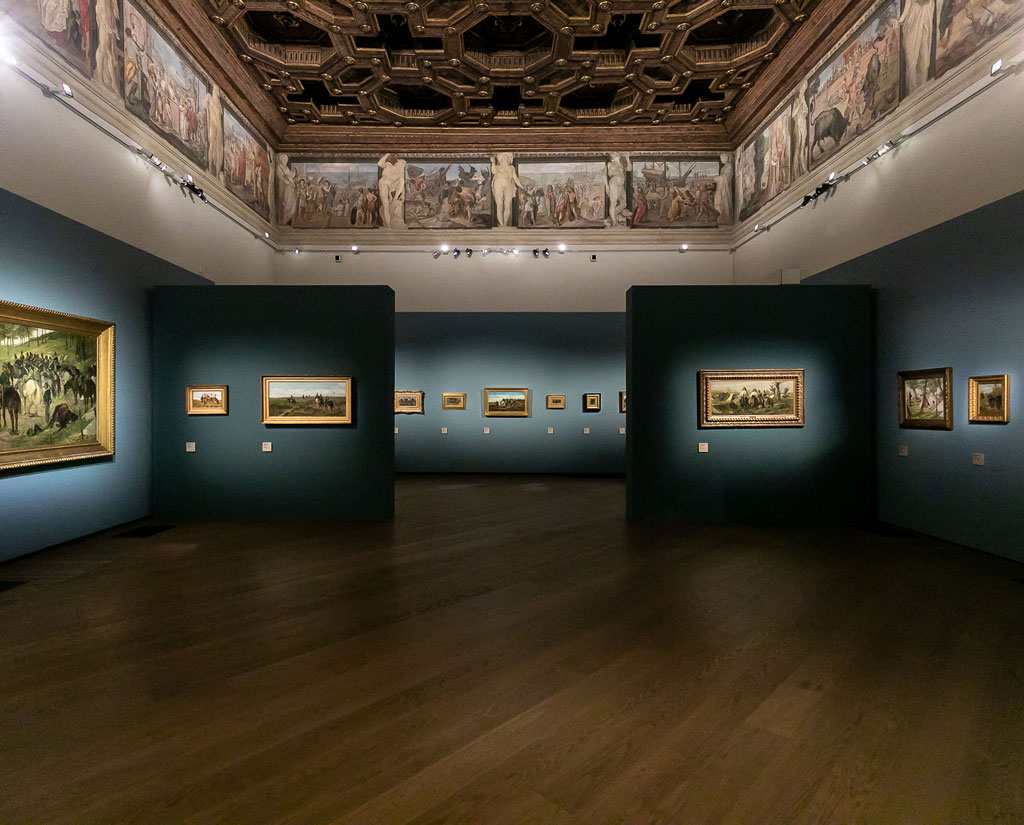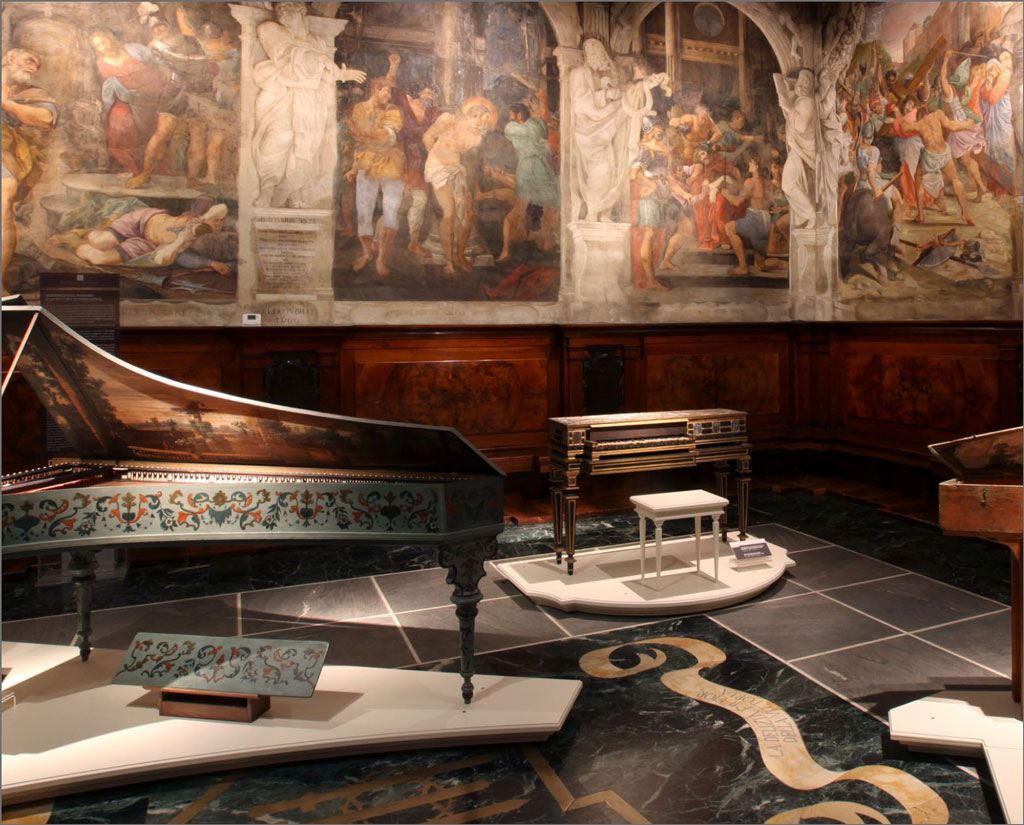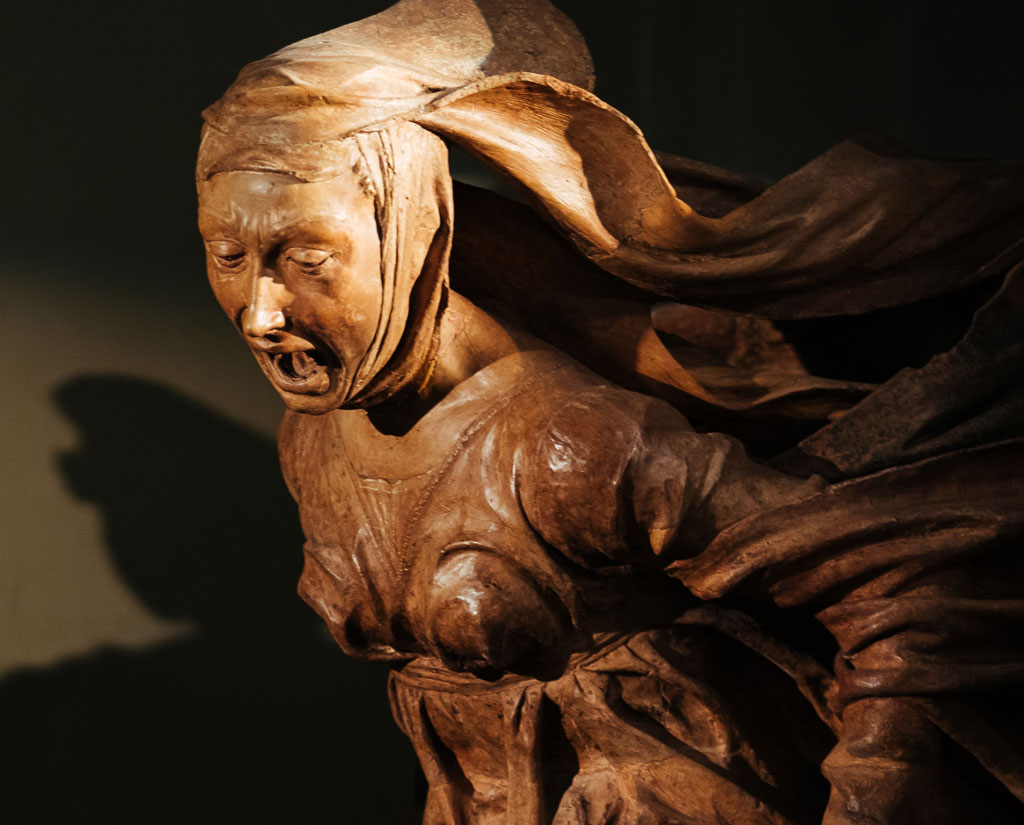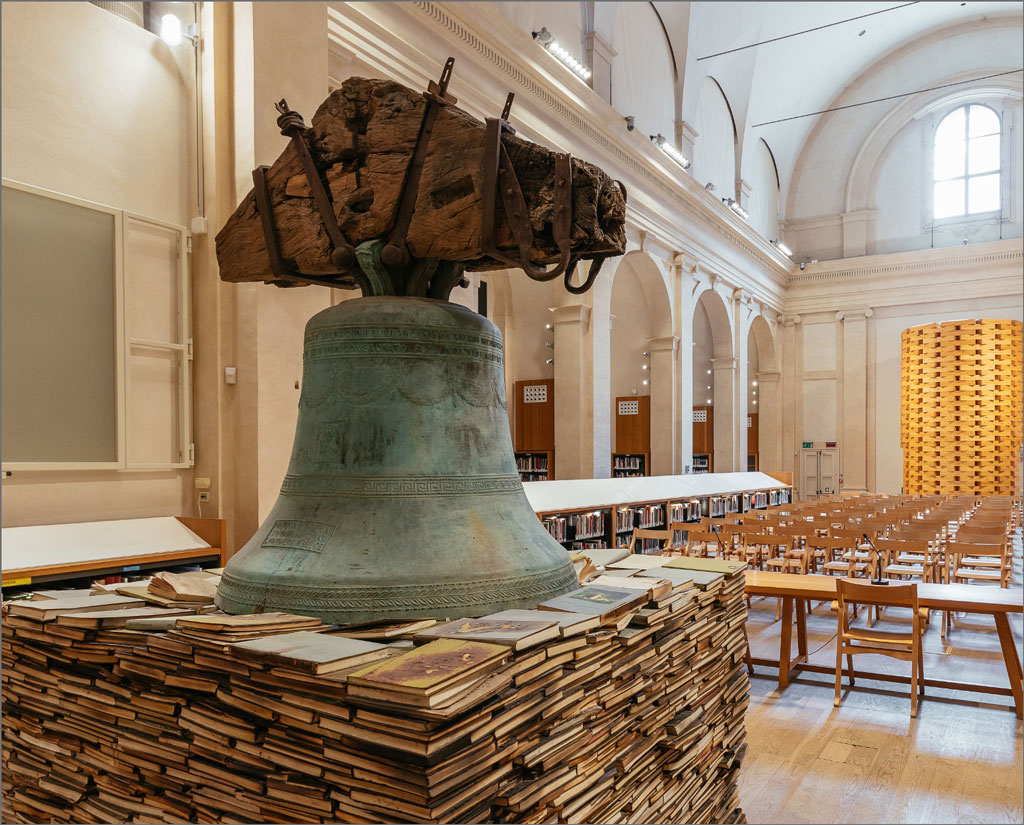Museums
Palazzo Fava
Exhibition Centre
Palazzo Fava, the Exhibition Centre of Genus Bononiae, is located just steps from Piazza Maggiore. It regularly hosts national and international exhibitions. Inaugurated in 2011 under the artistic direction of Philippe Daverio, the palace hosted a major exhibition in 2014 dedicated to Vermeer's "Girl with a Pearl Earring." Over the years, Palazzo Fava has showcased exhibitions featuring classical and contemporary painting masters, as well as those aimed at promoting the local artistic heritage and the art collections of the Fondazione Cassa di Risparmio in Bologna.
Built upon the remnants of medieval-era houses, its current structure took shape during the Renaissance through restoration commissioned by the Fava family, who acquired it in 1546.
The highlight of the palace's Piano Nobile is the fresco cycle by the young artists Ludovico, Annibale, and Agostino Carracci, along with some of their students, including Francesco Albani and Bartolomeo Cesi.
The fresco cycle was executed over a period of fifteen years, between 1584 and 1598, during which these painters revitalized the tired late Mannerist tradition, heralding the grand painting of the new century.
The three Carraccis, specifically, first showcased their artistic revolution here by painting one of the undisputed masterpieces of 16th-century art, the Jason and Medea Cycle, which adorns the main hall.

San Colombano
Tagliavini Collection
The San Colombano complex, consisting of a series of buildings added over time around the original 7th-century church, houses the Tagliavini Collection of ancient instruments. It is one of the most important international collections, donated by Maestro Luigi Ferdinando Tagliavini, a Bolognese musician and musicologist. It includes about 90 perfectly functional instruments such as clavichords and pianos, regularly played to keep them 'alive.'
This artistic gem, which also contains a 13th-century mural of Christ attributed to Giunta Pisano, hosts an annual concert season of international scope dedicated to Renaissance and Baroque music, along with masterclasses attended by musicians from around the world who come to discover and play the museum's treasures.

Santa Maria della Vita
Monumental Complex
The monumental complex of Santa Maria della Vita houses Niccolò dall'Arca's Compianto sul Cristo Morto (‘Lamentation over the Dead Christ’), a Renaissance masterpiece known for its powerful figurative expression. Gabriele d’Annunzio famously described it as a “scream in stone”. Designed by Bibiena, the church's dome is the most important example of Bolognese Baroque architecture and one of the most impressive specimens of Bolognese Baroque ecclesiastical architecture.
Next to the church is the Oratory, often used for temporary exhibitions and events, where you can admire Alfonso Lombardi's Transito della Vergine (‘Assumption of the Virgin’), composed of 15 life-sized statues depicting a scene from the Legenda Aurea (‘Golden Legend’).
A visit to Santa Maria della Vita is essential to every tourist itinerary exploring Bologna.

San Giorgio in Poggiale
Library of Art and History
The Library of Art and History at San Giorgio in Poggiale, housed in a converted 16th-century church, has safeguarded the Fondazione Cassa di Risparmio in Bologna’s extensive literary collection since 2009. It includes over 100,000 volumes on local history and art history.
It also contains photographic and documentary archives. The progressive digitisation of the library's archive enables the public and scholars to access one of the broadest and most comprehensive reservoirs of social, historical, cultural, and artistic memory in the city.
As a venue for small exhibitions, the library showcases the results of research and study activities and hosts significant contemporary art pieces, such as Claudio Parmiggiani's Campo dei Fiori and monumental Delocazione and the Cattedrale (‘Cathedral’) cycle by Piero Pizzi Cannella.


